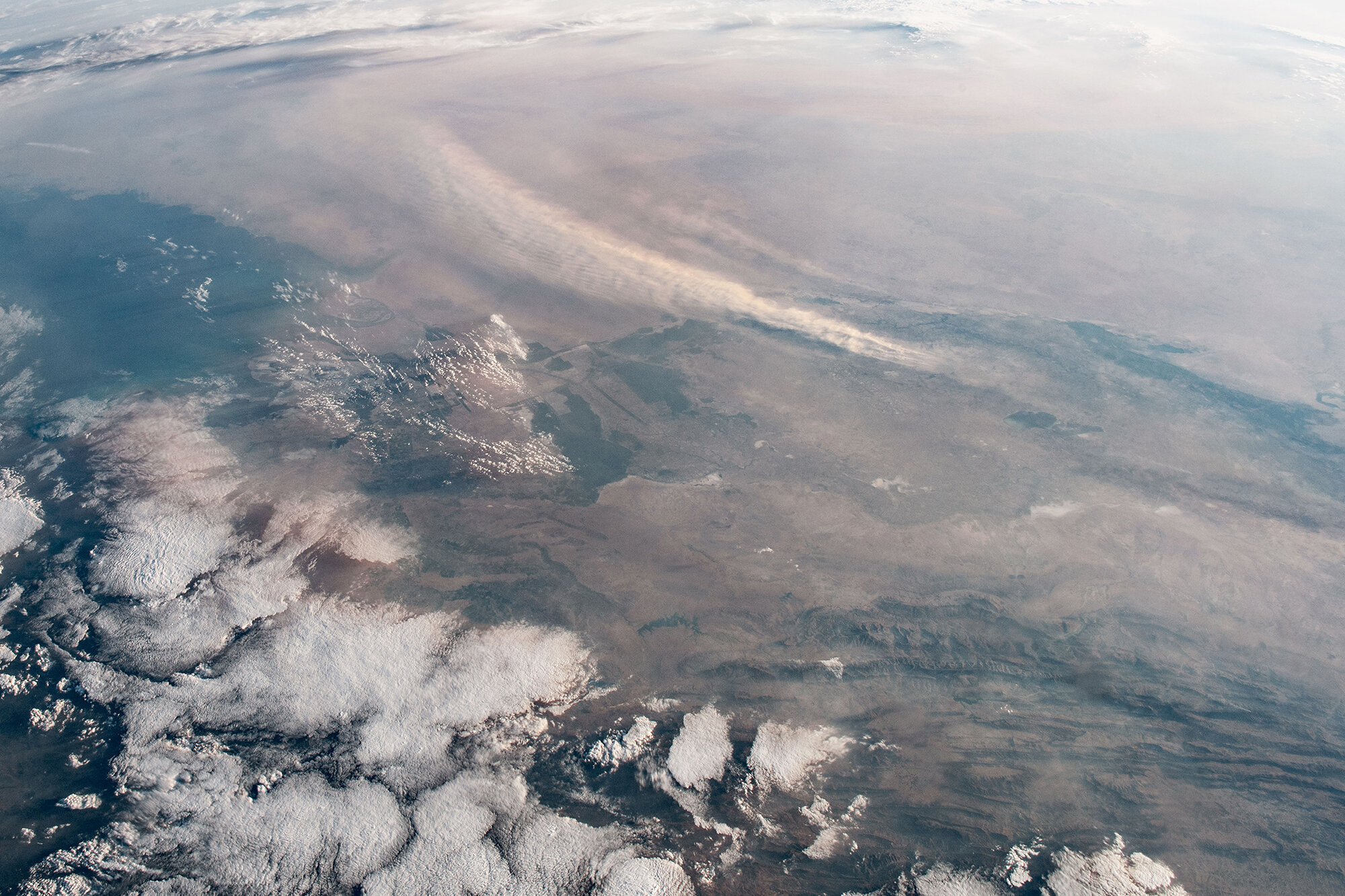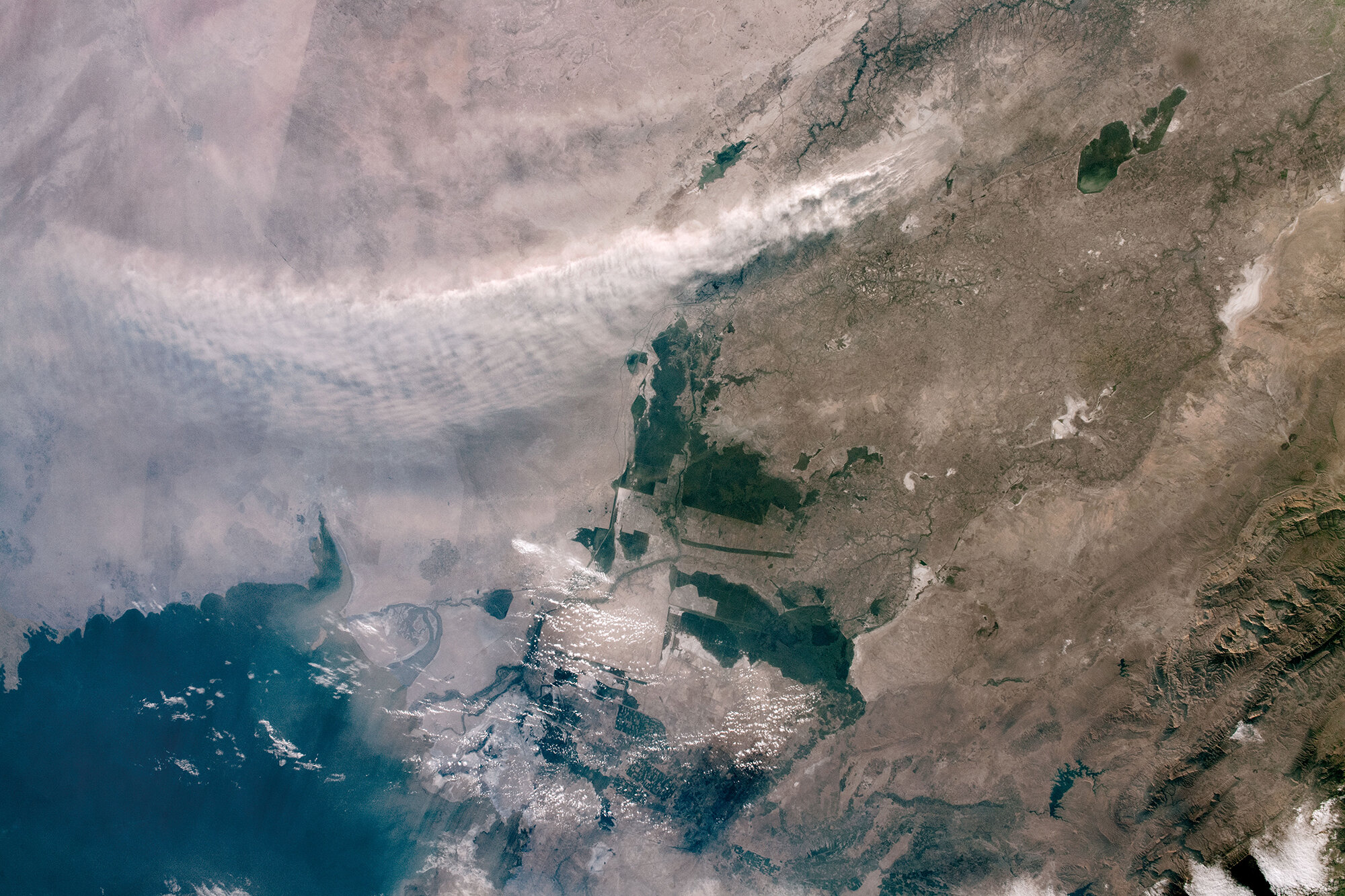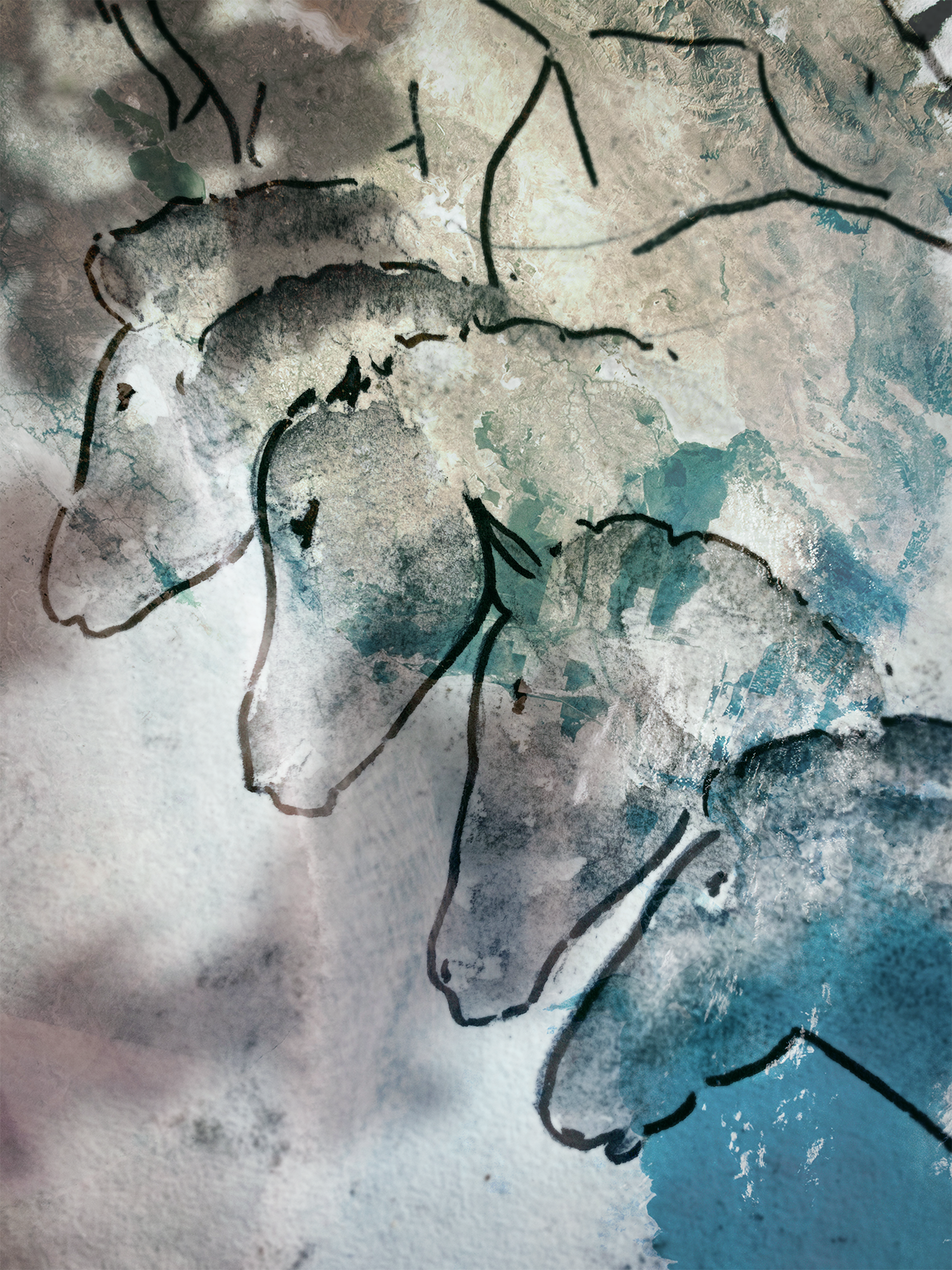Shadow and Dust
Don Quixote and Sancho Panza oil on oak by Honoré-Victorin Daumier at The National Gallery
I visited Titian at the National Gallery last week and on my way out, following the Covid-friendly one-way exit route, the dark, gnarly shadows of a small painting in Room 44, caught my eye. The picture was by Honoré Daumier and depicts a scene from Cervante's book, Don Quixote, in which his noble hero charges towards a huge cloud of dust, imagining it to be two great armies about to do battle. Quixote’s faithful squire, Sancho calmly tells him it’s only sheep.
I think one of the reasons this picture stood out is because I've been looking at prehistoric cave art recently and had just watched Werner Herzog’s wonderful documentary, Cave of Forgotten Dreams about Chauvet-Pont d’Arc in France. Chauvet Cave was discovered in 1994 in the Ardèche Valley and is a magical treasure trove of ancient art dating back 36,ooo years. The strong contrast of dark and light in Daumier’s painting immediately brought to mind the shifting shadows of Herzog’s homage as he and his small team moved around the cavern filming. And, these shadows themselves evoked the ones that would have stretched and flickered on the walls all those years ago, as ancient artists moved and painted by torchlight, deep in the furthest reaches of the cave.
The darkly sketched outlines of Sancho's mule and Quixote's horse made me think of the beautiful horse’s heads in Chauvet’s Panel of the Horses and I couldn't help but imagine the white rear of Quixote's horse as the human-like buttocks of some comical chimaera - an animal spirit very different in tone, but not unlike the Venus and the Sorcerer, also from Chauvet. Dark and light. Carbon and lime. Shadow and dust.
By coincidence, that evening I received a newsletter from NASA's Earth Observatory, which included a piece about a dust storm in the Persian Gulf, pictures of which, were taken from the International Space Station by one of the crew members. Thankfully no armies and certainly no sheep were to blame, only the wind blowing up a dry, arid landscape, causing a cloud of dust to form, which stretched for hundreds of miles, drawing its shadow on the surface of the earth as it went. The astronaut took two pictures of the scene - one from an oblique angle, looking at depth across the view and one more directly from above. The ability to change quickly from one perspective to another is one reason why astronaut photography is actually often used in addition to satellite imagery to inform scientific research. Moving around like this is what I try to do in my own work as I wonder at the landscape and question more and more, our place in it. Moving not just from side to side and above, but also from deep below, from all around in fact and from past to present. In this way rock is to dust as form is to shadow. Here and gone. Fundamental and unfathomable. But, forever fascinating.







